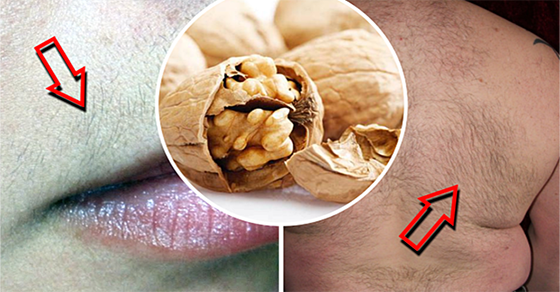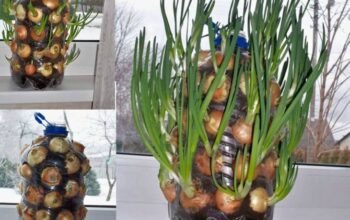Hair removal has been a significant aspect of human grooming for centuries, with historical records revealing fascinating techniques that predate modern methods. The medieval medical school of Salerno, located in southern Italy, played a crucial role in documenting and developing sophisticated hair removal practices that continue to intrigue beauty and history enthusiasts today.
The Trotula: A Window into Medieval Hair Removal Practices
The Trotula, a groundbreaking medical text from the 11th and 12th centuries, provides remarkable insights into ancient beauty rituals. This collection of medical writings emerged from the Schola Medica Salernitana, a renowned center of medical knowledge that bridged Arabic and European medical traditions. The text reveals intricate hair removal methods that demonstrate the sophisticated understanding of skincare during the medieval period.
Key Ingredients in Ancient Depilatory Recipes
Medieval practitioners developed innovative hair removal techniques using natural ingredients that might seem extraordinary by today’s standards. Some of the most notable ingredients included:
- Quicklime
- Orpiment (a sulfide mineral)
- Squirting cucumber
- Almond milk
- Henna
- Egg whites
Detailed Depilatory Recipes from the Trotula
The Quicklime and Orpiment Method
One of the most intriguing recipes from the Trotula involves a mixture of quicklime and orpiment. This potent combination was believed to effectively remove unwanted hair. However, modern readers should note the potential dangers of these chemicals. The recipe typically involved carefully mixing these substances to create a depilatory paste that would be applied to specific areas of the body.
Squirting Cucumber and Almond Milk Treatment
Another fascinating recipe combined squirting cucumber with almond milk. This gentler approach was likely preferred by those with more sensitive skin. The ingredients were carefully prepared and applied in a specific manner, demonstrating the sophisticated understanding of natural ingredients in medieval skincare.
Safety Considerations and Modern Perspective
While these ancient methods are fascinating, it’s crucial to approach them with caution. Many of the ingredients used in medieval hair removal recipes can be highly caustic or potentially harmful. Modern dermatologists would strongly advise against directly replicating these historical treatments.
Potential Risks of Ancient Hair Removal Methods
- Chemical burns
- Skin irritation
- Potential long-term damage
- Unpredictable chemical reactions
Cultural Significance of Hair Removal
These ancient recipes reveal more than just beauty techniques; they provide a window into the cultural practices and scientific knowledge of medieval society. The meticulous documentation of hair removal methods in the Trotula demonstrates the importance of personal grooming and aesthetic standards in medieval European culture.
Modern Alternatives and Appreciation
Today’s hair removal methods are significantly safer and more advanced. Techniques like laser hair removal, waxing, and modern chemical depilatories offer more reliable and less risky alternatives. However, studying these ancient recipes allows us to appreciate the ingenuity and scientific curiosity of our predecessors.
Key Takeaways
While we wouldn’t recommend using these exact historical methods, the ancient hair removal recipes from the Trotula offer a fascinating glimpse into medieval beauty practices. They demonstrate human creativity in solving personal grooming challenges and the ongoing quest for smooth, hair-free skin throughout history.
Modern readers can appreciate these historical techniques as a testament to human innovation, while safely enjoying contemporary hair removal methods that prioritize safety and effectiveness.






